Treasure of the mountains and forests
It can be said that Ba Vi National Park and its surrounding areas are home to the richest system of medicinal plants in Vietnam, with hundreds of precious medicinal herbs such as Solanum procumbens, La Khoi, Gipaya, Gắm vine, Huyet Dang, Cu Dom, Dao Xi, Dia San, Dia Oi, Xa Den, Kim Ngan, Panax notoginseng, Diep Ha Chau... These are precious ingredients for traditional medicine of the Dao people used to treat many diseases of the kidneys, bones and joints, stomach, skin...
If in the past, herbalists dispensed medicine and saved people at home spontaneously, now cooperatives and large-scale enterprises have been established. If in the past, medicinal herbs were simply processed by chopping and boiling to make water for bathing or drinking, today they have been processed into many convenient, easy-to-preserve, easy-to-use types such as dry medicine, extract, drops, poultices, powders, etc.
Some establishments also package, label, QR code, and build brands for their products. The most professional is Tan Vien Son Nam Duoc Cooperative, chaired by Ms. Lang Thi Cham. Her GMP-standard medicinal herb processing factory is currently manufacturing many types of medicines and functional foods from disease prevention and treatment to body nourishment and beauty, meeting the diverse needs of consumers. To be proactive in input materials, she has cooperated with farmers to grow many hectares of medicinal herbs.
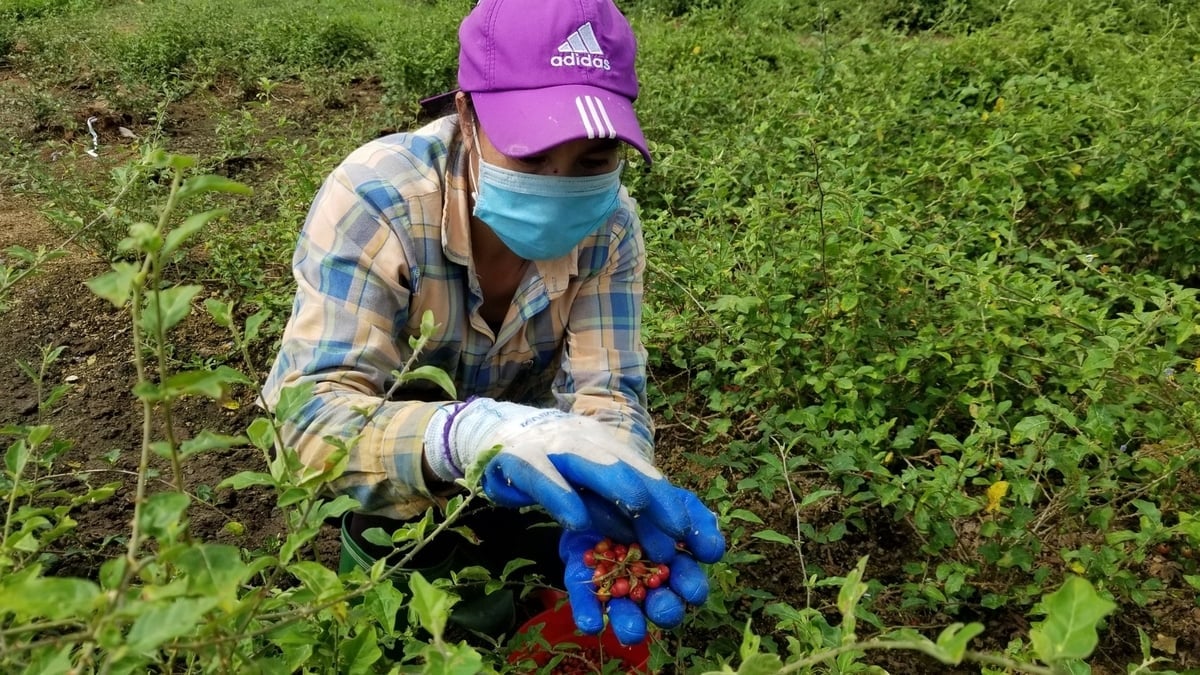
Harvesting Solanum procumbens. Photo: Nguyen Thi Tham.
Another typical example is the Soc Son Medicinal Plant Conservation and Development Cooperative of Ms. Nguyen Thi Tuyen in Trung Gia commune. Camellia hakodae yellow flower tea is an endemic species of Vietnam that is currently only found in Tam Dao National Park. She has researched, collected, selected, evaluated biological characteristics, sexual reproduction process, analyzed chemical composition, biological activity of leaves, flowers... From there, a 10-hectare yellow flower tea garden was formed, meeting both Vietnamese and Japanese organic agricultural standards, bringing economic efficiency and increasing the diversity of the forest ecosystem here.
Not only growing traditional medicinal plants, the cooperative also grows a new imported medicinal plant, burdock, from which it creates black bean burdock soy sauce products. With an average yield of 400kg/sao, after deducting costs, the estimated profit is 15-20 million VND/sao, many times higher than rice or vegetables.
Developing specialized medicinal herb growing areas
Decision 4537 of the Hanoi People's Committee clearly states the orientation for building detailed specialized production areas for each medicinal plant species in each commune, associated with building a system for purchasing, preserving, preliminary processing, processing and consuming products. Converting ineffective crop areas to growing medicinal plants according to the value chain on the basis of exploiting advantages in geographical location and natural conditions. Deep processing, creating medicinal products with high added value, at the same time developing experiential ecotourism and health tourism.
At the same time, support the establishment of management records, issuance of growing area codes and traceability for concentrated medicinal plant growing areas. Support the establishment of a traceability system for medicinal plant products with clear origin and source, meeting market requirements. Apply information technology to management and operation from cultivation to exploitation and processing. Develop and implement scientific and technological topics on research on breeding, seed production technology; planting technology processes for high productivity, quality, and resistance to pests and diseases from precious medicinal plant genetic resources, local advantages and import of advanced medicinal plant genetic resources and varieties.
Step by step, we cultivate and harvest medicinal herbs according to GACP-WHO principles and practice the production and processing of medicinal herbs according to GMP-WHO standards to create quality, safe and competitive products.

Processing tea bags. Photo: Nguyen Thi Tham.
Most recently, Decree No. 183 of the Government has been issued, promising to promote the development of the medicinal plant industry in the country in the direction of planning, control and association with forest conservation. According to Mr. Nguyen Tien Lam, Deputy Head of the Hanoi Forest Protection Department, the city has issued a document requesting communes with forests to organize propaganda and disseminate the content of Decree 183 to forest owners. At the same time, communes with forests must review and propose medicinal plant species suitable to ecological and market conditions, and implement policies to support production development.
The general direction of Hanoi is not to develop small-scale household production but to link into cooperatives, build stable raw material areas associated with processing enterprises. Only by doing so can the value of medicinal plants be increased as well as ensure sustainable economic development for those participating in the chain. The city prioritizes the development of medicinal plants suitable to natural conditions and intensive farming conditions of local people; plants with high economic value, with market demand, with enterprises implementing product consumption linkages and medicinal plants that can be exported in the future; medicinal plants with vision to be the main product for cultivation development in the coming period.
Specifically, focusing on the following 16 medicinal plants: golden tea; honeysuckle; ginseng; Solanum procumbens; Black tea; Cat's whiskers; Bo Chinh ginseng; Basil; Sweet grass; Artemisia annua; Basil; Mint; Chrysanthemum; Turmeric; Ginger; Cordyceps. In addition to the medicinal plants selected and prioritized for development mentioned above, depending on the advantages and actual conditions, localities can select and develop other medicinal plants with strengths and economic value, with product output and suitable for the climate and soil conditions in the local ecological sub-regions, such as spoon, purple khôi, cajuput, wormwood, vằng tea, male papaya, old coriander, fish mint, pennywort, ginseng, grass jelly...
Currently, there are over 250 hectares of medicinal herbs grown in Hanoi, mainly concentrated in old districts such as Ba Vi, Soc Son, Phu Xuyen, Dong Anh, Quoc Oai, Chuong My with many varieties such as Solanum procumbens, honeysuckle, Polyscias fruticosa, yellow flower tea... The city also plans to organize many training courses each year on management, planting practices, and harvesting of medicinal herbs according to the recommendations of the World Health Organization; on how to prevent pests and diseases for medicinal plants; on how to create sustainable links between medicinal herb growers and medicinal herb processing enterprises.
Information page in collaboration with Hanoi Agricultural Extension Center
Source: https://nongnghiepmoitruong.vn/khai-mo-canh-cua-cho-nganh-trong-cay-duoc-lieu-thu-do-d781962.html



![[Photo] Closing of the 14th Conference of the 13th Party Central Committee](https://vphoto.vietnam.vn/thumb/1200x675/vietnam/resource/IMAGE/2025/11/06/1762404919012_a1-bnd-5975-5183-jpg.webp)



![[Photo] Prime Minister Pham Minh Chinh receives the delegation of the Semiconductor Manufacturing International (SEMI)](https://vphoto.vietnam.vn/thumb/1200x675/vietnam/resource/IMAGE/2025/11/06/1762434628831_dsc-0219-jpg.webp)


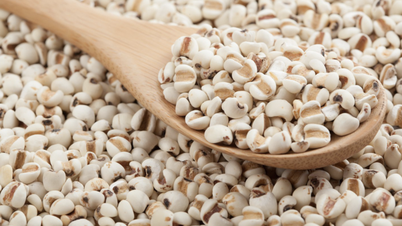

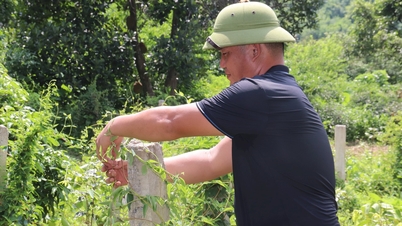







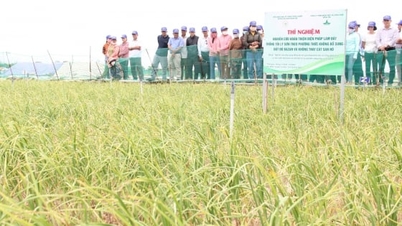


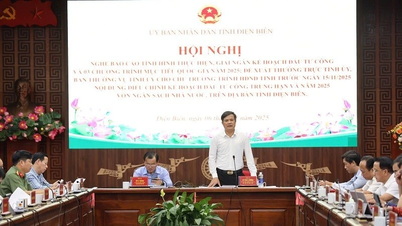

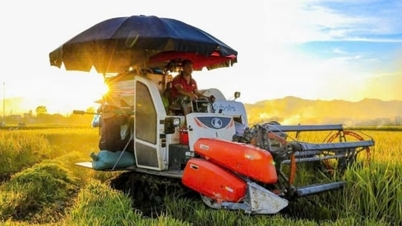









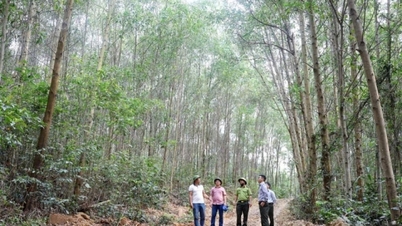




































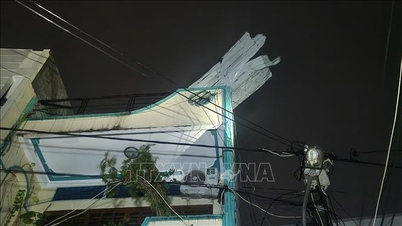

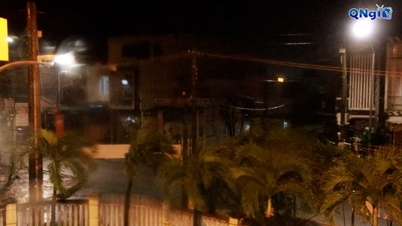


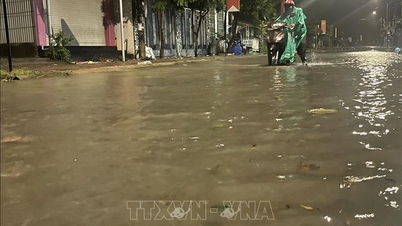

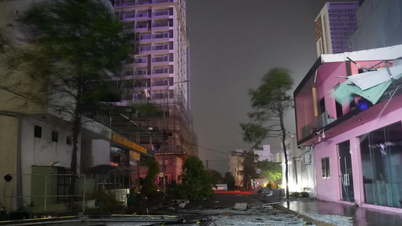



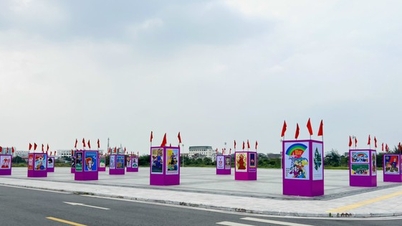






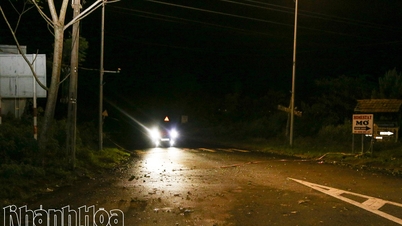

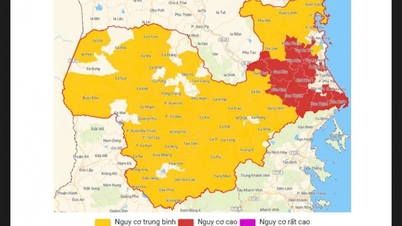

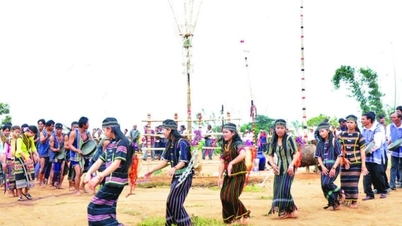


















Comment (0)